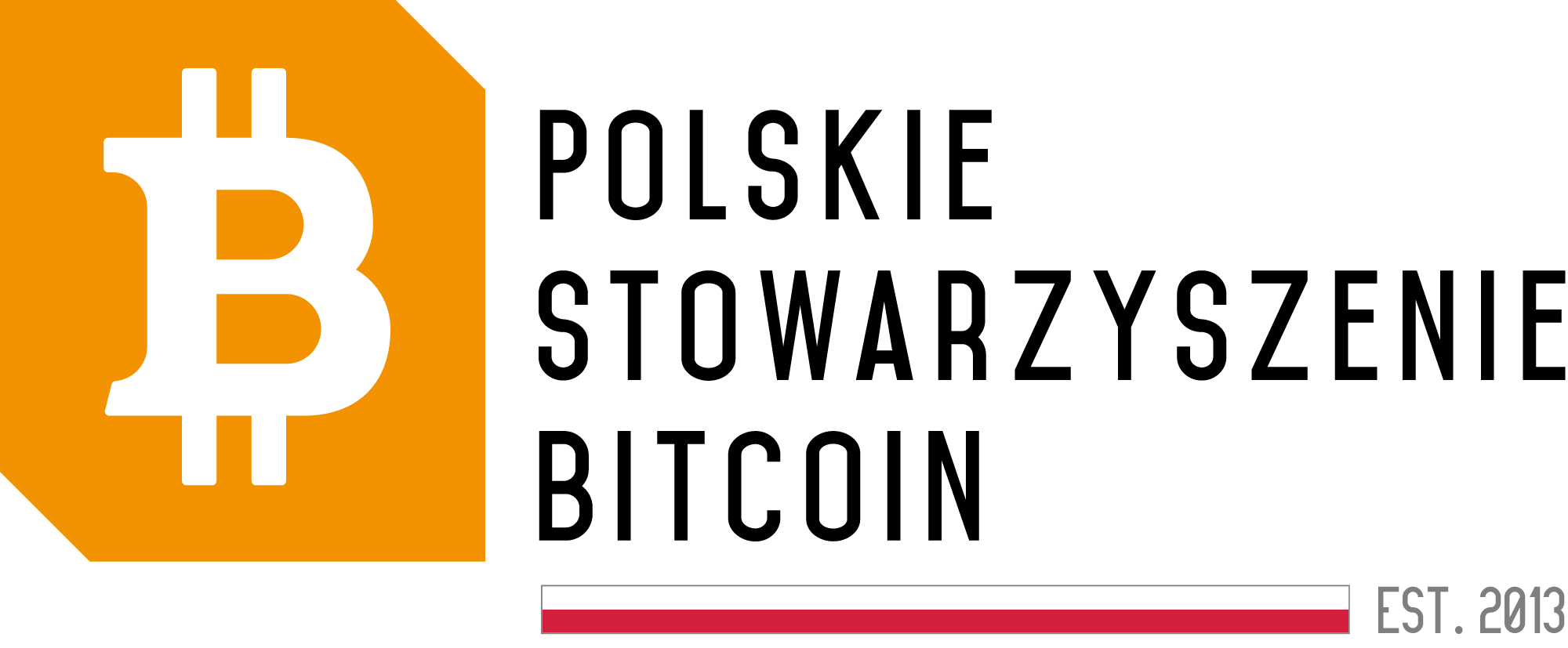asynchronous byzantine fault tolerance (abft)
Asynchronous Byzantine Fault Tolerance, also known as aBFT, is a term associated with blockchain technology and cryptocurrencies. It is an advanced mechanism that allows maintaining the integrity and security of a network even in the presence of errors or attacks.
aBFT Definition
Asynchronous Byzantine Fault Tolerance refers to the system’s ability to continue operating correctly even when certain nodes in the network behave unpredictably or try to deceive other nodes. The term originates from the Byzantine Generals’ Problem, where a group of commanders must make a unanimous decision despite the risk that some of them may be traitors.
How Does aBFT Work?
In the context of cryptocurrencies, aBFT means that the blockchain network can confirm and approve transactions even in the face of potential attacks or errors. Thanks to this mechanism, the blockchain can operate continuously, maintaining data consistency and protection against impersonation or incorrect actions.
The operation of aBFT is based on attempts to achieve consensus among network nodes by using advanced cryptographic algorithms.
Advantages of aBFT
– Exceptional Resilience: The aBFT system offers exceptional resistance to attacks, ensuring that the network functions smoothly even in the event of errors or sabotage attempts.
– Transaction Security: With aBFT, users can be confident that their transactions are secure and tamper-proof.
– Efficient Network Management: The aBFT mechanism facilitates the management of the blockchain network by eliminating the need for central regulatory institutions.
It is worth noting that aBFT plays a crucial role in securing and stabilizing the cryptocurrency market, allowing users to use blockchain technology safely and reliably.
Summary
Asynchronous Byzantine Fault Tolerance (aBFT) is a significant mechanism in the world of blockchain and cryptocurrencies, providing stability, security, and network integrity. Thanks to aBFT, users can trust that their transactions are protected from potential attacks and errors, contributing to building trust in blockchain technology.






